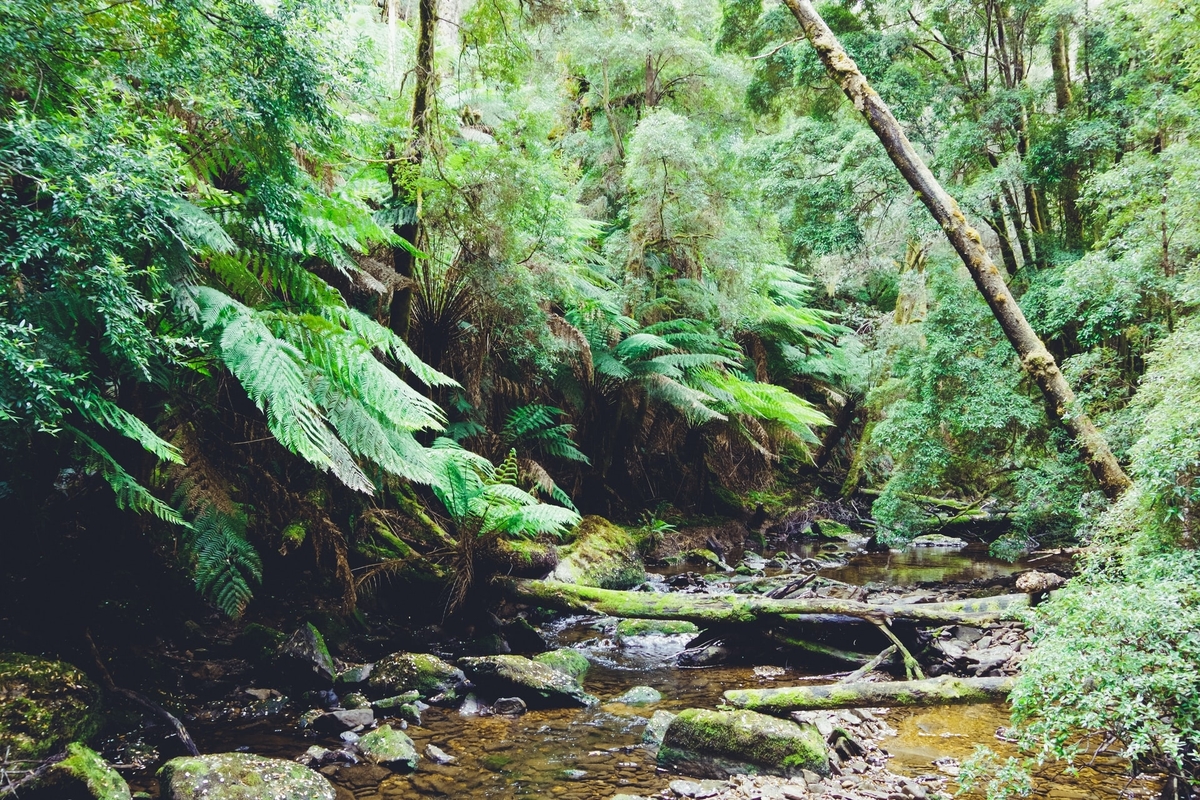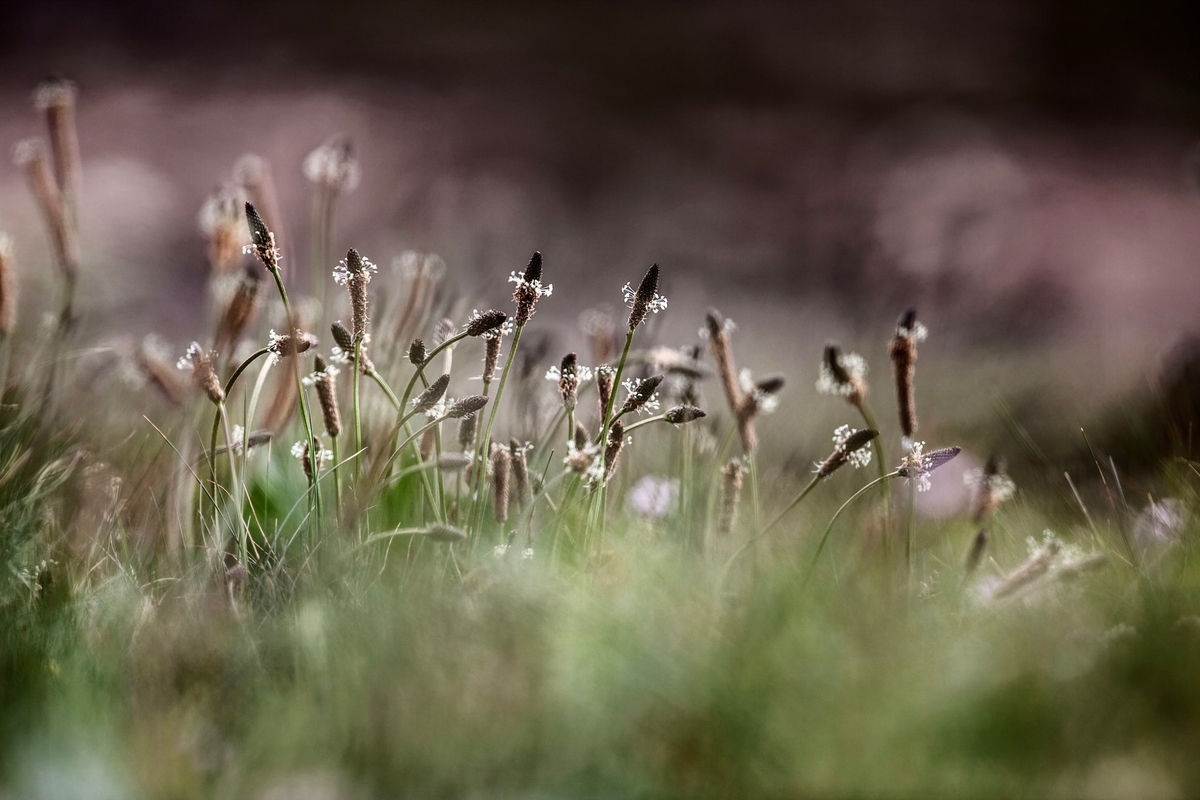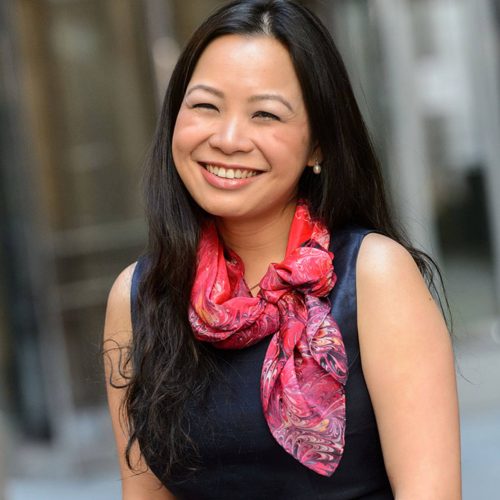Unearthing Biodiversity in Fashion
When important companies and organizations come together to create meaningful change, they can shift the way industries work. Last week, Red Carpet Green Dress, Global Fashion Agenda, Conservation International, and Kering all came together to produce a media masterclass on unearthing biodiversity in fashion.
Hosted by the CEO of Red Carpet Green Dress, Samata Pattinson, the masterclass explored the importance of biodiversity and why it’s crucial for the fashion industry to support it. Bambi Semroc from Conservation International spoke about biodiversity as the sum of all the variety of life on earth. From big to small, biodiversity is nature, and people need nature to survive. We rely on the natural environment for so much; from what we wear to what we eat. Climate change and biodiversity loss are real and happening. We aren’t just losing species, we’re losing ecosystems too. Twenty percent of the Amazon cover has been lost so far, and much of this has been due to economic development. If climate change and biodiversity loss aren’t addressed properly over the next 10 years, the changes that have happened because of them will be irreversible.

© Kate Stone
The fashion industry has a history of being detrimental to biodiversity loss, but people and companies are beginning to realize that they can make a difference. “It will no longer be acceptable to say, ‘I don’t know what to do,’” says Morten Lehmann of the Global Fashion Agenda. In the future, supporting biodiversity is something that brands and companies will need to be able to say they're doing if they want to remain in business. Making investments in things that support biodiversity instead of destroying it will enable companies to future-proof themselves. This could mean investing in sustainable factories, fabrics, or supply chains. Promoting biodiversity is one way the fashion industry can be better equipped at coping with external risks. COVID-19 has shown companies and brands the cost of not knowing where their products are being made or what kind of impact their materials have on the environment. These should be prerequisites for creating a brand.
If brands want to be forward-thinking and have a positive impact on biodiversity, then they must make moves to do so. Marie-Claire Daveu is the Chief Sustainability Officer at Kering, which houses luxury brands like Gucci. She says that we have less than 10 years to bend the curve of biodiversity. When biodiversity is protected, so are supply chains. Brands must work closely with NGOs like Conservation International and local communities to collaboratively approach and address biodiversity issues. Brands also have to look beyond themselves and ask how they can affect positive change outside their supply chains. Kering is leading by example and has committed to regenerating 1 million hectares of land both within and outside of their direct supply chain. If biodiversity is at the core of business’s strategies, then maybe we can bend the curve on biodiversity loss.

© S N Pattenden
Collectively, leaders in the fashion industry should continue to have conversations about sustainability and biodiversity. Copenhagen Fashion Summit is a great example of people coming together to discuss the future of the fashion industry and how it can be more sustainable. The Summit is normally held in person every year, but because of COVID-19, a new concept called CFS+ is being launched. It will be a highly engaging content platform that brings together industry leaders and diverse voices from around the world to discuss challenges facing the fashion industry and the crucial role sustainability has to play in rebuilding a more resilient and inclusive future. CFS+ is digital by design but will provide the opportunity to experience live sessions, workshops, roundtables, and matchmaking. This is a perfect example of what the fashion industry needs to see more of if it wants to become more sustainable and help stop biodiversity loss.
We will always be learning more about biodiversity and sustainability. COVID-19 has taught us much about value versus volume. More importance is being placed on where things come from and the impact they’ve had on people and the planet. Biodiversity is slowly making its way into conversations where it belongs. If the variety of life on this planet is to survive, then it must be addressed from every sector, including from the fashion industry.

Jessy Humann lives and writes out of Spokane, Washington. When she's not writing about sustainable fashion and why it's important, she loves to write poetry and do other types of creative writing. Her first children's book comes out next year. Connect with Jessy on LinkedIn.




